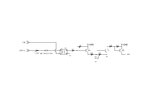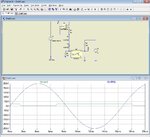apsua
Member level 3

Hello,
I have an 220VAC input circuit as below:

The reason we are using varistor in the circuit is to prevent the unwanted electromagnetically produced voltages in the shaft around over 100 Volts. This was working well, but recently in some place with high voltage inputs of 230-240VAC started to appear. If the voltage is high continously for some time, the resistor 10k, or varistor burns.
Can you advice a better replacement?
Thanks.
I have an 220VAC input circuit as below:

The reason we are using varistor in the circuit is to prevent the unwanted electromagnetically produced voltages in the shaft around over 100 Volts. This was working well, but recently in some place with high voltage inputs of 230-240VAC started to appear. If the voltage is high continously for some time, the resistor 10k, or varistor burns.
Can you advice a better replacement?
Thanks.




